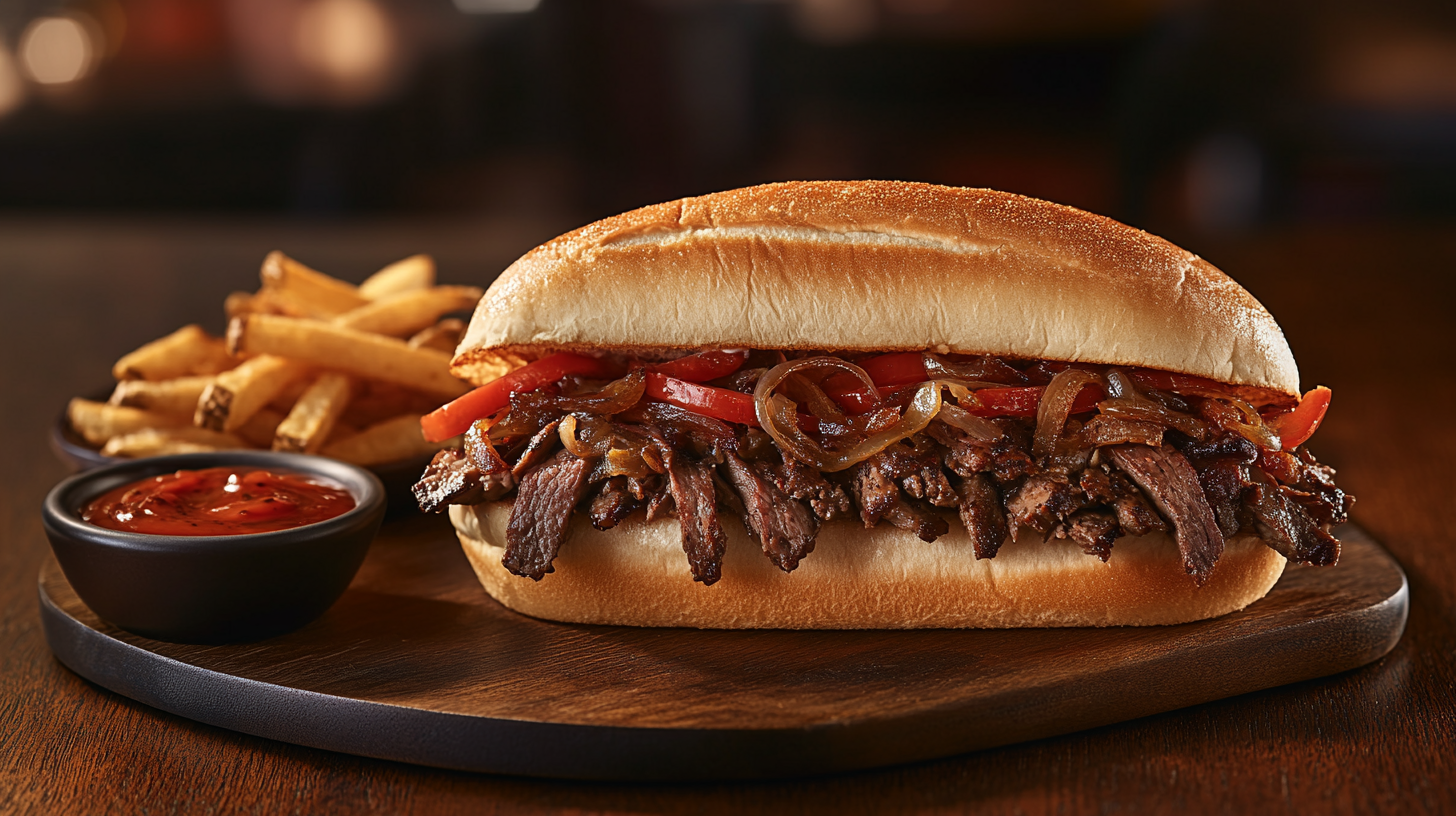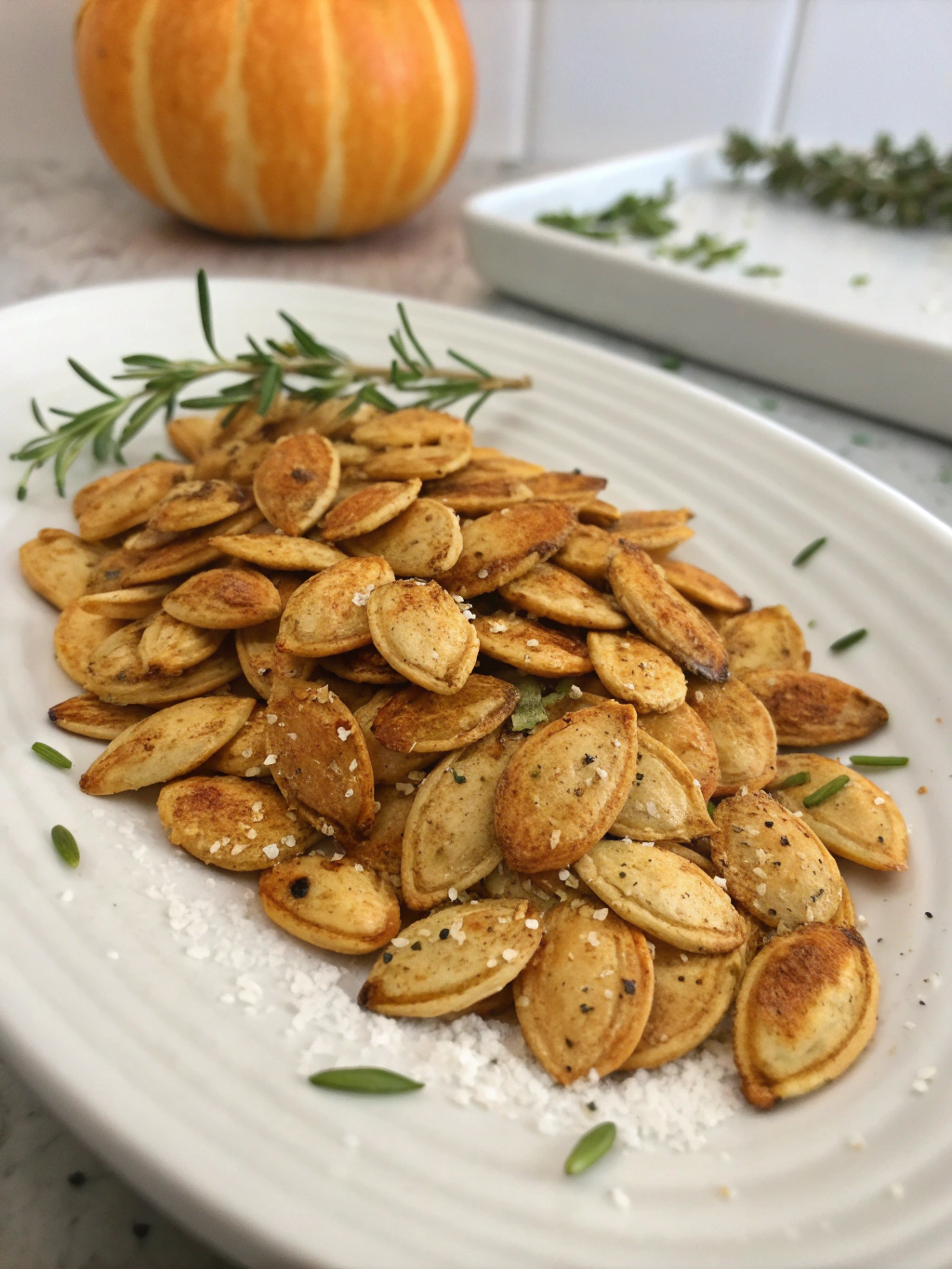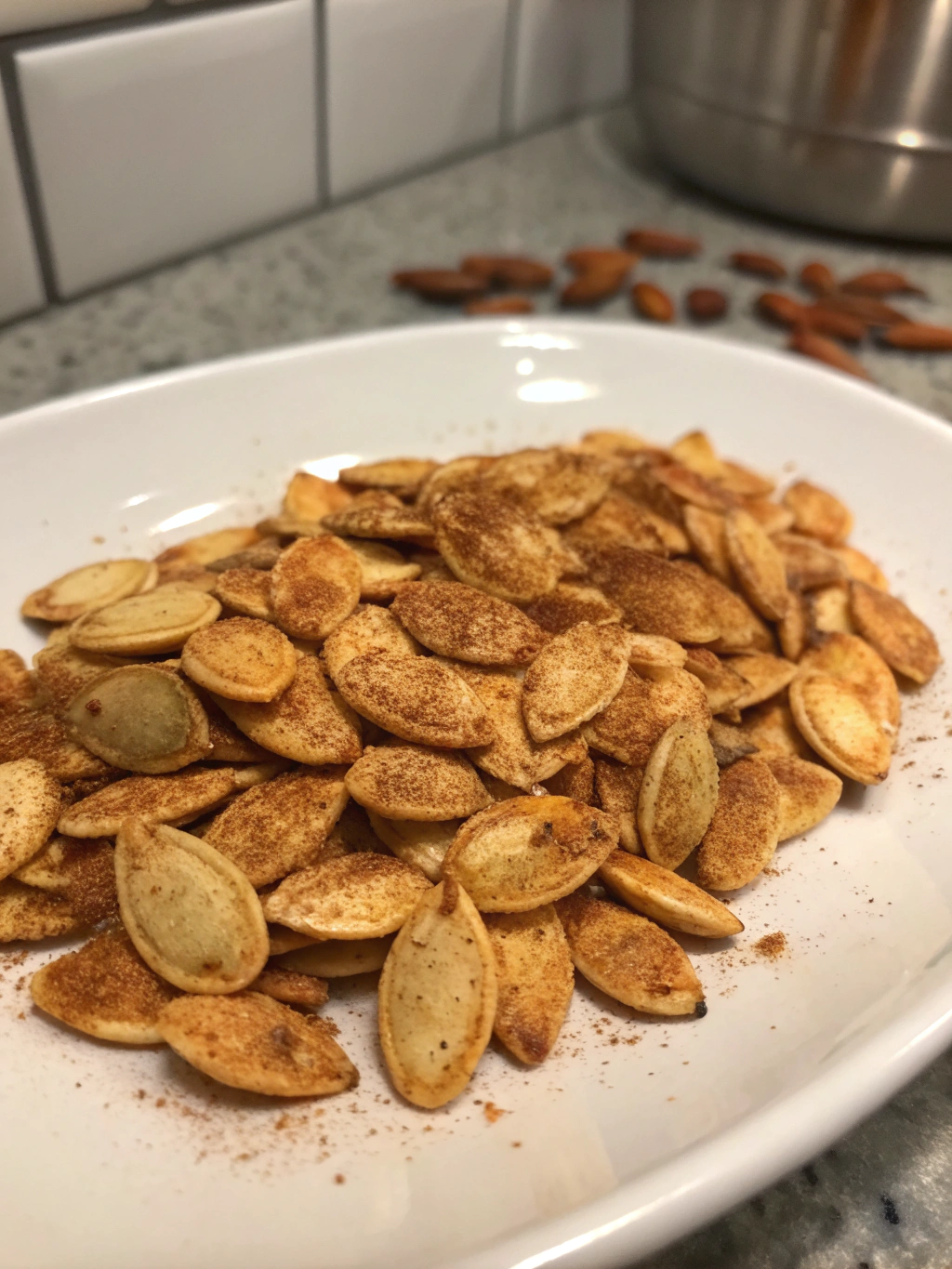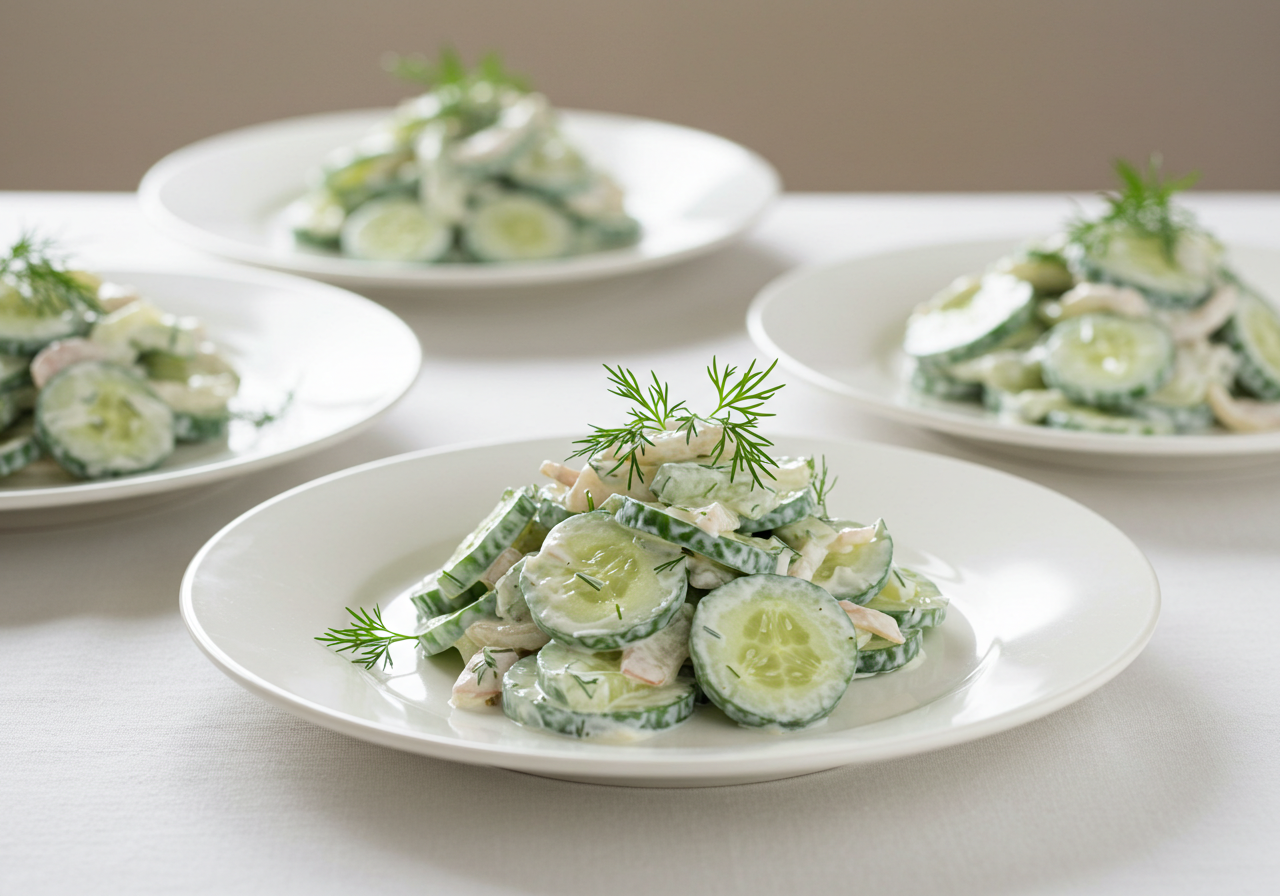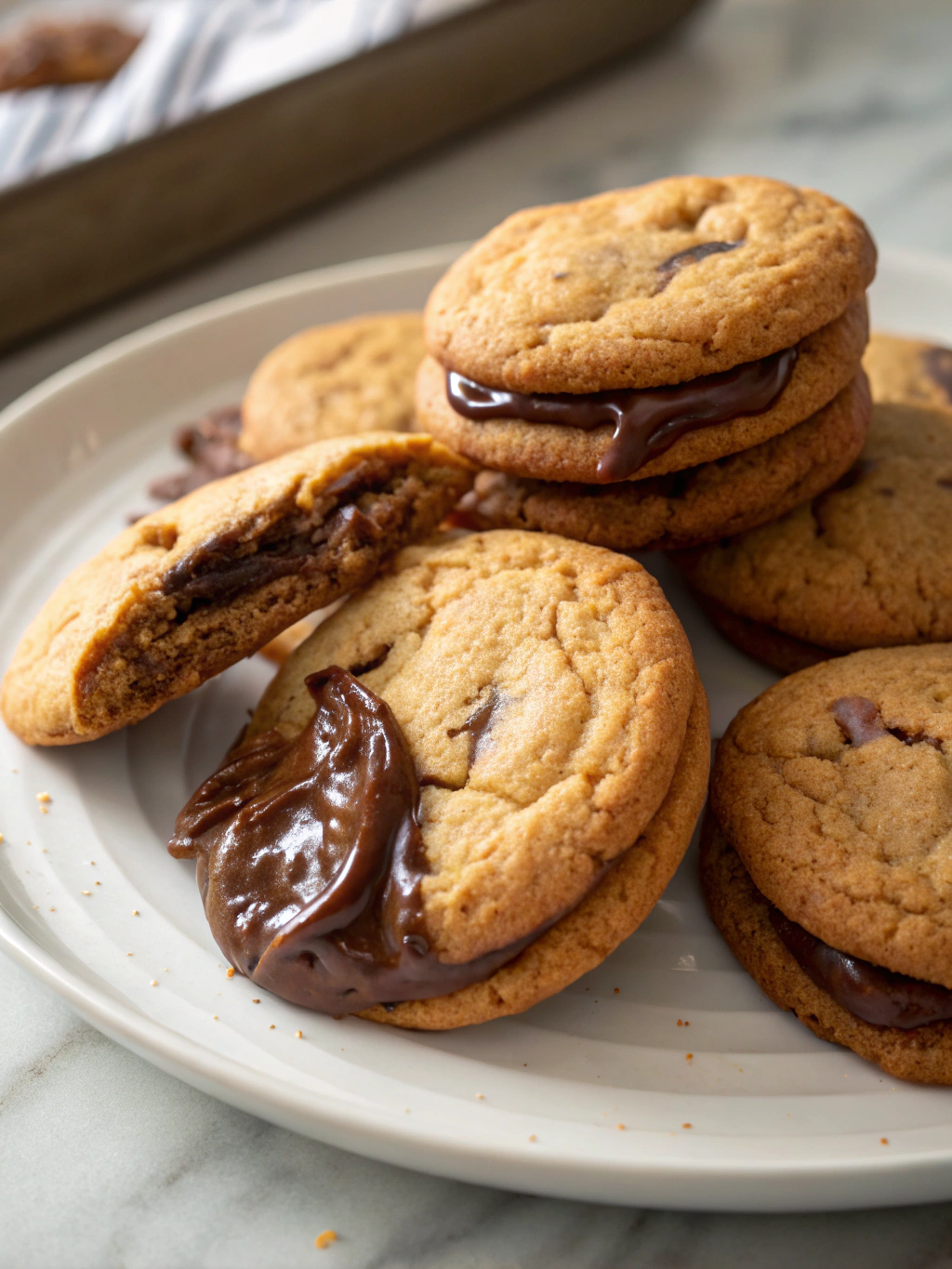A cheesesteak hoagie is a delicious fusion of two iconic sandwich styles: the classic cheesesteak and the traditional hoagie. Originating from Philadelphia, this unique combination marries the hearty, savory elements of a cheesesteak with the fresh, crisp ingredients of a hoagie, resulting in a flavorful sandwich beloved by locals and visitors alike.
Definition and Origin
The cheesesteak hoagie is essentially a cheesesteak thinly sliced, sautéed beef and melted cheese served on a long roll—with the addition of hoagie-style toppings like lettuce, tomatoes, onions, and mayonnaise. Its origins trace back to Philadelphia, where the cheesesteak itself was born in the 1930s. Combining these two culinary traditions reflects the city’s rich and diverse food culture.
Difference Between Cheesesteak and Cheesesteak Hoagie
While both sandwiches share the same core ingredient—juicy steak and melted cheese—a cheesesteak hoagie includes hoagie toppings that add a layer of freshness. Traditional cheesesteaks focus solely on the hot, hearty filling, often featuring optional ingredients like onions, peppers, and mushrooms. The hoagie-style addition of cold, crisp vegetables and mayonnaise sets the cheesesteak hoagie apart, making it a more balanced and versatile option.
The Cultural Significance of Cheesesteak Hoagies
The cheesesteak hoagie is more than just a sandwich; it is a symbol of Philadelphia’s culinary heritage and a testament to its role in shaping American food culture.
How It Became a Philadelphia Icon
Philadelphia is famously known as the birthplace of the cheesesteak, and the cheesesteak hoagie has naturally evolved as an extension of this legacy. The sandwich’s popularity is rooted in its accessibility and adaptability, making it a favorite for lunch breaks, sporting events, and casual dining. Local establishments like Pat’s King of Steaks and Geno’s Steaks have become landmarks, solidifying the cheesesteak hoagie as a must-try delicacy for tourists and residents alike.
Popularity Across the United States
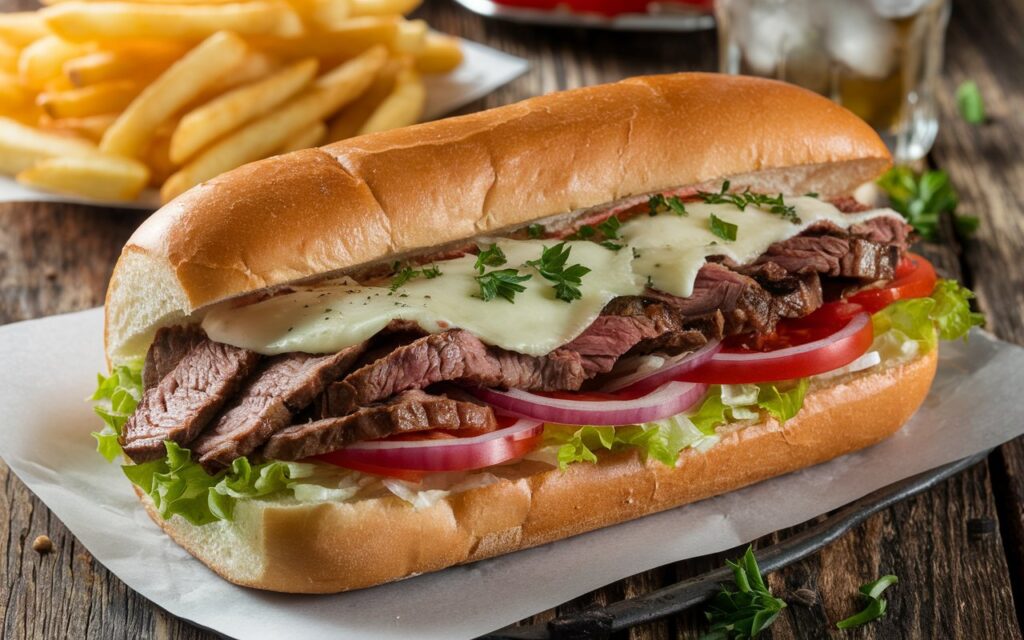
Although the cheesesteak hoagie is deeply tied to Philadelphia, its appeal has transcended regional boundaries. Restaurants and food trucks across the United States have embraced the sandwich, often customizing it with regional twists. Its combination of hot and cold elements appeals to a wide range of tastes, ensuring its enduring popularity nationwide.
The cheesesteak hoagie remains a beloved staple of American cuisine, celebrated for its hearty flavors and cultural significance. Whether enjoyed in its Philadelphia heartland or in cities across the country, this iconic sandwich continues to delight food lovers everywhere.
History of the Cheesesteak Hoagie
The Birth of the Cheesesteak
The cheesesteak, a Philadelphia staple, was born in the early 20th century as a quick, hearty meal for workers in the bustling city. Over time, this sandwich has evolved to include variations like the cheesesteak hoagie, combining traditional cheesesteak ingredients with elements of an Italian-American hoagie.
Inventors and Original Locations
The cheesesteak was invented in 1930 by Pat Olivieri, a hot dog vendor in South Philadelphia. Legend has it that he grilled beef on his cart one day, attracting the attention of a cab driver, who became his first cheesesteak customer. This simple innovation quickly grew in popularity, leading Olivieri to open Pat’s King of Steaks, which remains a landmark to this day.
Timeline of Evolution Into a Hoagie
The transformation of the cheesesteak into a cheesesteak hoagie likely occurred in the mid-20th century as Italian-American culinary traditions influenced the sandwich scene in Philadelphia. Adding cold hoagie toppings like lettuce, tomatoes, onions, and mayonnaise brought a refreshing balance to the rich, meaty flavors of the cheesesteak, creating a hybrid that appealed to a broader audience.
The Influence of Italian-American Cuisine
Italian-American immigrants played a significant role in shaping Philadelphia’s food culture, particularly through their contributions to the hoagie, another beloved sandwich.
Integrating Cheesesteak Hoagie Elements
The integration of hoagie elements into the cheesesteak reflects the blending of cultures and culinary practices. By combining the robust flavors of sautéed steak and melted cheese with the crispness of hoagie vegetables, the cheesesteak hoagie emerged as a representation of the city’s diverse food heritage.
The Role of Bread and Toppings
The bread is a crucial component of both the cheesesteak and the hoagie. A soft-yet-sturdy Italian-style roll provides the perfect base for absorbing the juices from the steak and cheese while supporting the added toppings. Fresh vegetables like lettuce, tomatoes, and onions, along with condiments such as mayonnaise, complement the sandwich’s rich, savory profile.
Key Ingredients in a Cheesesteak Hoagie
The Core Elements
At the heart of every cheesesteak hoagie are its core ingredients, which define its unique flavor and texture.
Thinly Sliced Steak
The foundation of a cheesesteak hoagie is thinly sliced ribeye steak, known for its tenderness and flavor. The steak is cooked on a griddle, often with onions, to achieve a savory, caramelized taste that serves as the sandwich’s primary component.
Cheese Options: American, Provolone, or Whiz
Cheese is another defining feature of the cheesesteak hoagie. Popular choices include American cheese, which melts smoothly; Provolone, for a slightly sharp and nutty flavor; or Cheese Whiz, for a creamy and indulgent twist.

Hoagie Additions
Adding hoagie-style toppings transforms the classic cheesesteak into a cheesesteak hoagie, introducing fresh, crisp elements that balance the sandwich’s richness.
Fresh Vegetables
Typical hoagie vegetables include lettuce, sliced tomatoes, and thinly sliced onions. These toppings add crunch and a refreshing contrast to the warm, savory filling, enhancing the overall flavor profile.
Signature Hoagie Roll
The roll is an essential part of the cheesesteak hoagie experience. A high-quality hoagie roll, often sourced from local Philadelphia bakeries, is soft yet sturdy, ensuring it can hold the generous fillings without becoming soggy.
The cheesesteak hoagie’s combination of hearty steak, melty cheese, fresh vegetables, and a perfect roll makes it an enduring favorite that continues to delight sandwich lovers around the world.
How to Make the Perfect Cheesesteak Hoagie at Home
Making a cheesesteak hoagie at home is a rewarding experience that allows you to enjoy this iconic sandwich with fresh, hand-selected ingredients. With the right preparation and assembly techniques, you can recreate the authentic Philadelphia experience in your own kitchen.
Step-by-Step Preparation
Creating the perfect cheesesteak hoagie begins with proper preparation and attention to detail.
Choosing the Right Ingredients for Cheesesteak Hoagie
- Steak: Select high-quality ribeye steak, as it offers the ideal balance of tenderness and flavor. Ask your butcher to thinly slice the meat, or partially freeze it before slicing at home.
- Cheese: Choose your preferred cheese—American, Provolone, or Cheese Whiz—based on your flavor preferences.
- Hoagie Roll: Opt for soft-yet-sturdy Italian-style rolls that can hold the fillings without breaking apart.
- Vegetables: Gather fresh lettuce, tomatoes, and onions for the hoagie toppings.
- Condiments: Keep mayonnaise, salt, and pepper on hand to enhance the flavors.
Cooking the Steak Properly
- Heat the Griddle: Preheat a griddle or large skillet over medium-high heat.
- Prepare the Steak: Season the thinly sliced steak with salt and pepper.
- Cook with Onions (Optional): Add diced onions to the griddle and sauté until caramelized. Then, cook the steak, breaking it apart with a spatula as it browns. Combine the onions with the steak if desired.
- Melt the Cheese: Lay the cheese over the steak while it’s still hot, allowing it to melt evenly. If using Cheese Whiz, heat it separately for drizzling.
Assembly of the Hoagie
The assembly process is where your cheesesteak hoagie truly comes together. Proper layering ensures every bite is flavorful and satisfying.
Layering for Maximum Flavor
- Prepare the Roll: Slice the hoagie roll lengthwise, leaving one side intact to create a hinge. Toast the inside lightly, if desired.
- Apply Condiments: Spread a thin layer of mayonnaise inside the roll.
- Add Vegetables: Layer fresh lettuce, sliced tomatoes, and onions on one side of the roll. These add crunch and freshness.
- Pile on the Steak and Cheese: Spoon the cooked steak and melted cheese onto the roll, ensuring even distribution. For Cheese Whiz, drizzle it generously over the meat.
Tips for Serving and Presentation
- Slice for Ease: Cut the sandwich in half diagonally for easier handling and a professional look.
- Serve Hot: The cheesesteak hoagie is best enjoyed warm, so serve immediately after assembly.
- Pairings: Complement the sandwich with classic sides like fries, onion rings, or a crisp pickle.
By following these steps, you can create a homemade cheesesteak hoagie that rivals those from Philadelphia’s famous sandwich shops. Enjoy the perfect blend of savory steak, melty cheese, and fresh hoagie toppings in every bite!
Conclusion
Why the Cheesesteak Hoagie is a Beloved American Classic
The cheesesteak hoagie represents more than just a sandwich—it’s a celebration of flavor, culture, and tradition. Combining the hearty satisfaction of a cheesesteak with the refreshing elements of a hoagie, this Philadelphia-born creation has earned its place as an American culinary classic. Its versatility and unique balance of savory and fresh ingredients make it a beloved choice for food lovers across the nation. Whether enjoyed in its hometown or recreated in kitchens worldwide, the cheesesteak hoagie continues to connect people through its rich history and irresistible taste.
Encouragement to Try Making or Tasting One
Whether you’re a seasoned sandwich enthusiast or just curious about this iconic dish, the cheesesteak hoagie is an experience you don’t want to miss. If you’re in Philadelphia, indulge in the authentic version from one of the city’s famous eateries. For those at home, take on the challenge of crafting your own cheesesteak hoagie using fresh ingredients and the tips provided here. Either way, you’ll be rewarded with a flavorful masterpiece that captures the essence of a timeless American classic. Enjoy!
For readers looking to explore more creative twists on cheesesteak flavors, check out the Philly Cheesesteak Pasta recipe, which reimagines this classic sandwich in a comforting pasta dish. If you’re curious about experimenting with bread options for your hoagie, consider trying the Brioche Dinner Rolls Recipe for a rich and soft alternative. And for those who love hearty comfort foods, the Meatballs and Rice recipe is another must-try. These links offer inspiration to expand your culinary adventures while diving deeper into delicious and satisfying dishes.
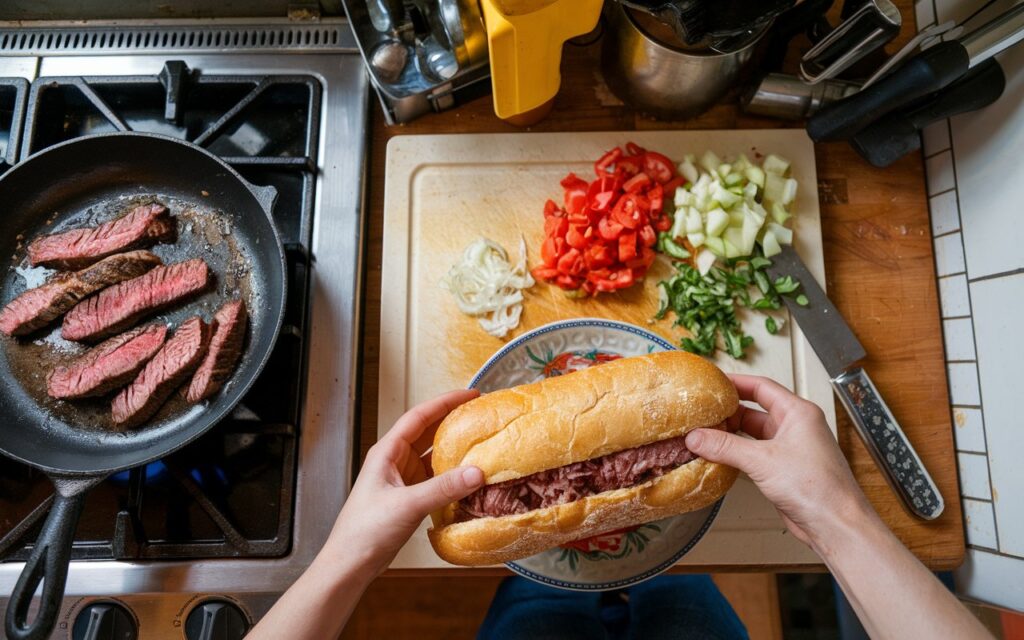
FAQs About Cheesesteak Hoagie
What makes a cheesesteak hoagie different from a regular cheesesteak?
A cheesesteak hoagie combines the rich, savory elements of a traditional cheesesteak—thinly sliced steak and melted cheese—with the fresh toppings found in a hoagie, such as lettuce, tomatoes, onions, and mayonnaise. This addition of cold, crisp ingredients creates a balance of flavors and textures that distinguishes it from the standard cheesesteak.
Can I customize the ingredients in a cheesesteak hoagie?
Absolutely! One of the best things about a cheesesteak hoagie is its versatility. You can experiment with different cheeses, such as provolone, American, or even pepper jack. Vegetables like pickles, peppers, or spinach can be added for a personal twist. You can also choose your preferred condiments or omit certain ingredients to suit your taste.
Are there gluten-free or low-carb versions available?
Yes! For a gluten-free option, substitute the hoagie roll with a gluten-free bread or wrap. For a low-carb version, skip the bread entirely and serve the steak, cheese, and hoagie toppings as a salad or in a lettuce wrap. These alternatives maintain the flavors of a cheesesteak hoagie while accommodating dietary preferences.
Which cheese works best for a cheesesteak hoagie?
The choice of cheese depends on your taste preference.
- Provolone: Offers a slightly sharp and nutty flavor.
- American Cheese: Smooth and creamy, perfect for a classic taste.
- Cheese Whiz: A creamy, indulgent option favored by many Philadelphia locals.
Each cheese brings its own character to the sandwich, so try a few to find your favorite!
What is the best way to reheat a cheesesteak hoagie?
To maintain the sandwich’s texture and flavor, reheat it in an oven or toaster oven:
- Preheat the oven to 350°F (175°C).
- Wrap the sandwich in aluminum foil to keep it from drying out.
- Heat for 10–15 minutes, or until warmed through.
Avoid using a microwave, as it may make the bread soggy and the cheese unevenly melted.
By following these tips, you can enjoy your cheesesteak hoagie even as leftovers!

